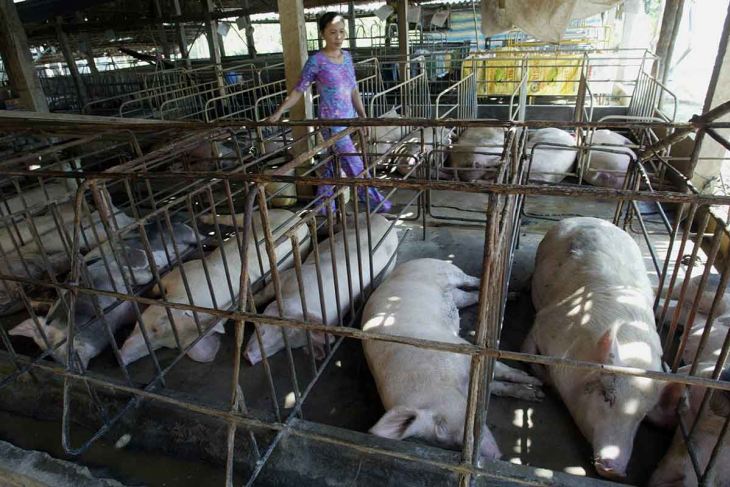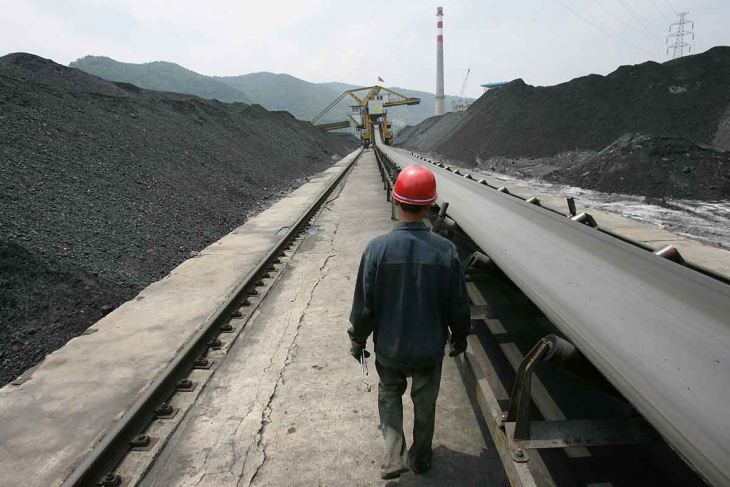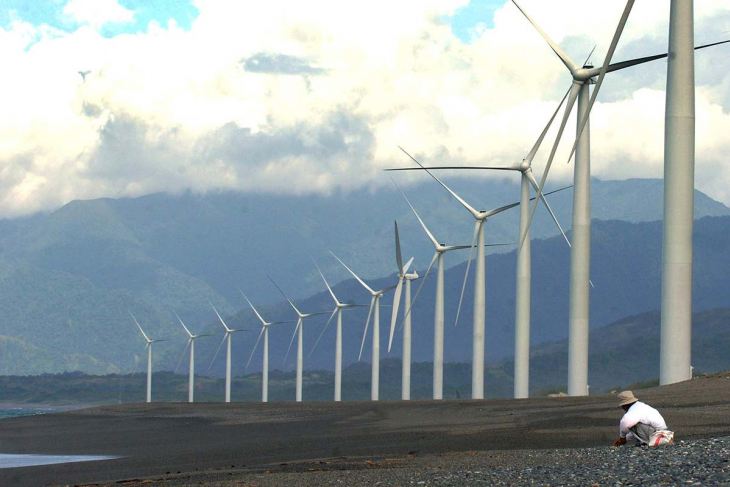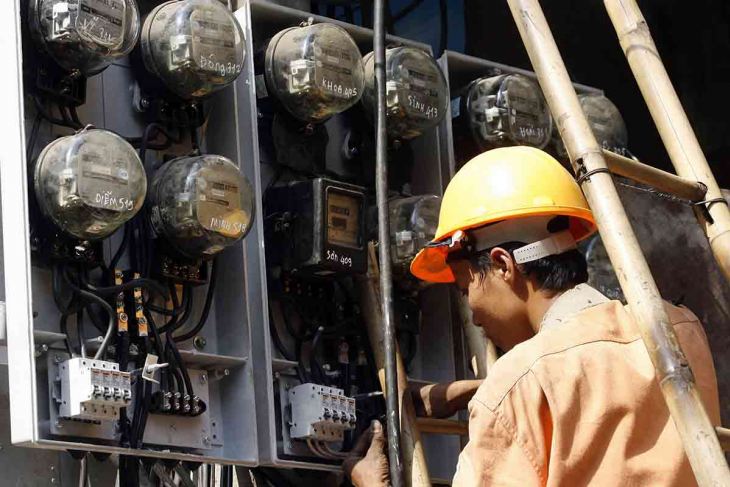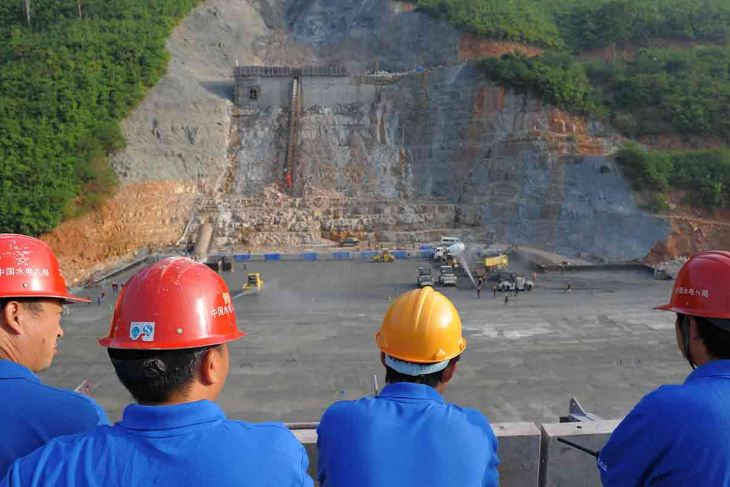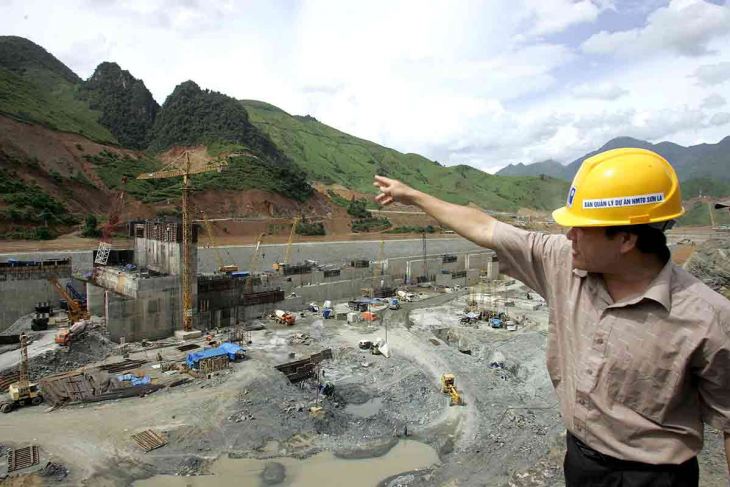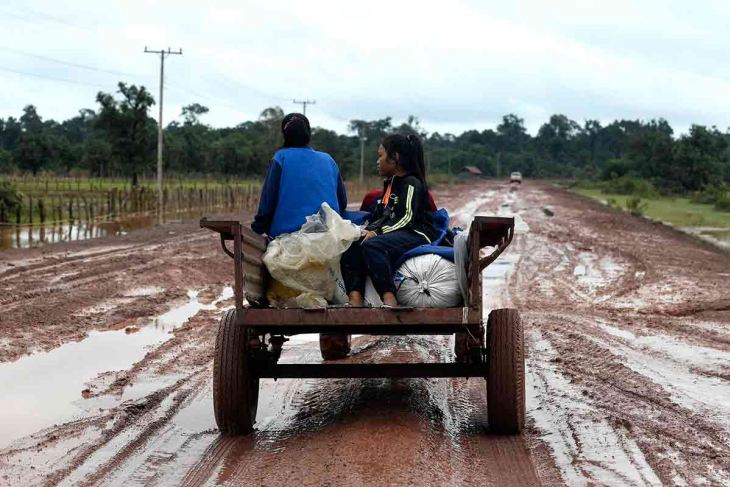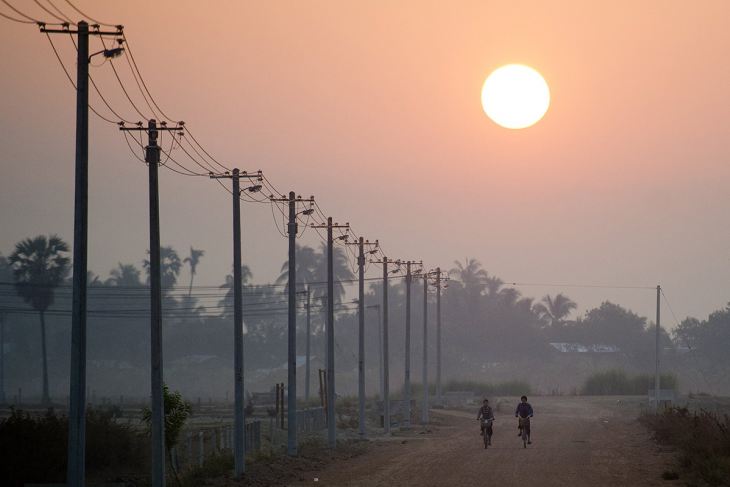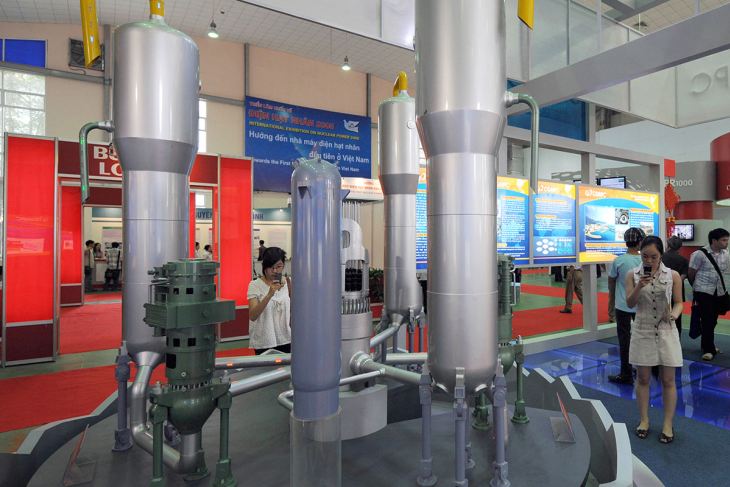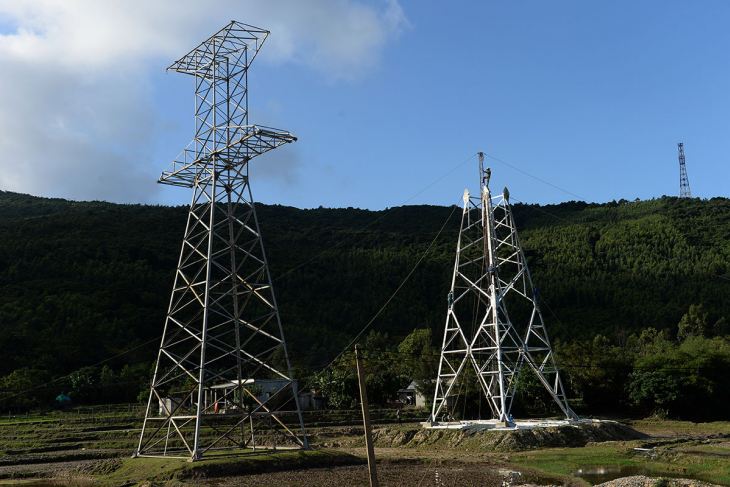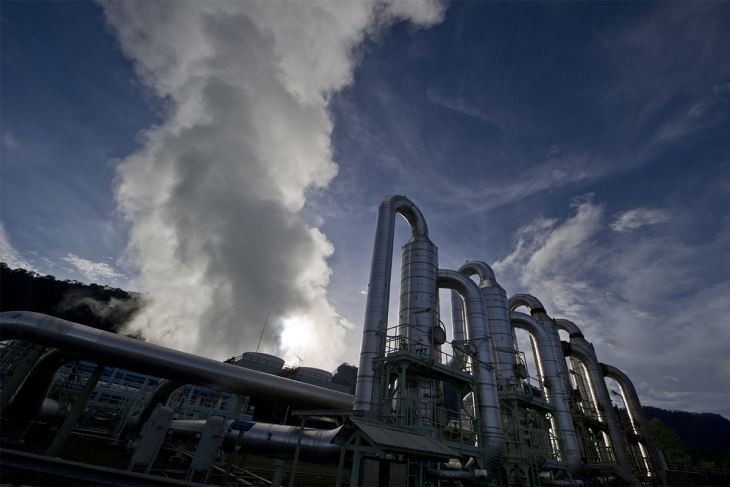Pig waste powers Vietnam
Pork is an important source of protein in Vietnam. It represents more than 72.6 percent of meat produced in the country and provides livelihoods on small farms for more than four million people. The country’s improving standards of living and lifestyle changes has driven the increase in demand for meat with pork production reaching 29 million tonnes in 2016.
